Water Management in Paving: The Role of Stormwater Catch Basin
What is a catch basin and how does it work?
Definition and purpose
A stormwater catch basin plays a vital role in managing water on commercial properties. This key piece of infrastructure captures rainwater, melting snow, and runoff before it can flood driveways and parking lots.
By doing so, catch basins serve as the first line of defense against water damage to asphalt and buildings. They also act as a pretreatment stage for storm drains and sewer systems by blocking sediments and large debris from entering these networks.
Without them, sediment could build up, leading to clogs that cause overflows during heavy rains.
Catch basins ensure that only cleaner water flows into treatment centers or reservoirs, which is crucial for maintaining urban drainage systems efficiently. They protect properties from flooding while preventing pollutants from contaminating local waterways.
Moreover, catch basins help sustain the integrity of paved surfaces by preventing erosion caused by standing water.
components of a catch basin
Catch basins play a pivotal role in stormwater management, efficiently collecting and redirecting water to prevent flooding and infrastructure damage. These systems are integral for commercial properties, ensuring paved areas such as parking lots and driveways remain clear of excess water.
Components of a catch basin include:
- Grate: Positioned at the top of the basin, the grate captures rainwater, melting snow, and runoff while blocking large debris from entering the system.
- Basin Body: This concrete or plastic chamber collects water before it’s directed into the sewer system or sump.
- Sump: Located at the bottom of the basin body, the sump collects sediment and larger debris, preventing them from clogging downstream components.
- Outlet Pipes: These pipes allow filtered stormwater to flow from the catch basin to local water bodies or treatment facilities.
- Service Openings: Access points for maintenance crews to clean out accumulated sediments and debris, ensuring the catch basin functions properly.
- Trap: A feature within some catch basins that prevents odors from escaping into public spaces by trapping water at its base.
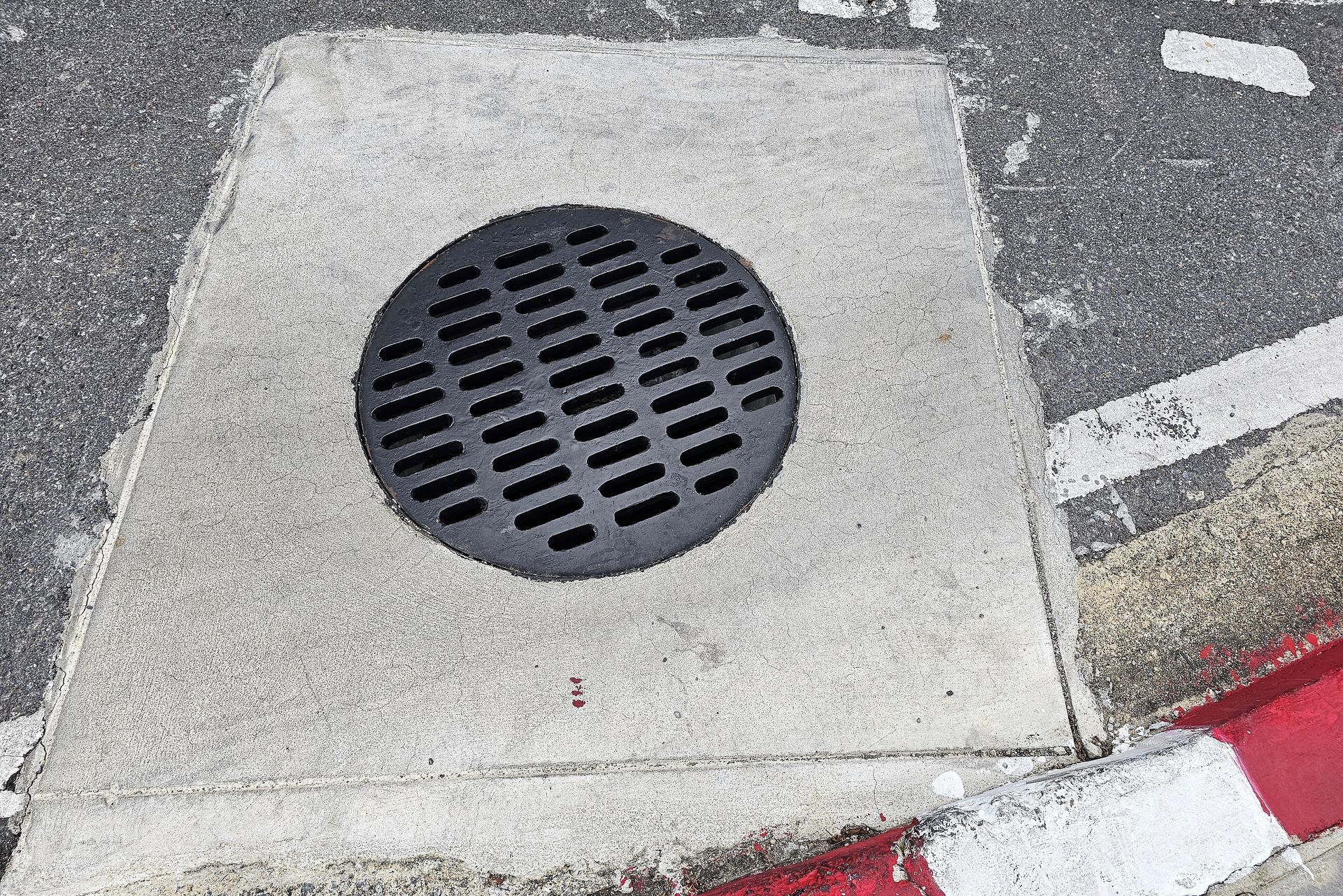
advantages
Stormwater catch basins provide
effective drainage infrastructure, aiding in preventing flooding and controlling runoff. However, it is important to note that they may also require regular maintenance to prevent sediment and debris buildup.
advantages of using a catch basin
Catch basins play a vital role in water management for commercial properties by efficiently managing stormwater. These systems are designed to prevent flooding, protect infrastructure, and ensure paved areas remain functional and safe.
- Catch basins collect rainwater, melting snow, and runoff, directing it away from property surfaces to prevent water accumulation that can lead to flooding.
- They act as a pretreatment stage for storm drains and sewer systems by trapping sediments and large debris, which helps maintain the effectiveness of drainage infrastructure.
- Regular maintenance of catch basins ensures they effectively trap sediment and debris in stormwater, thereby preventing clogging issues that can cause extensive flooding.
- By draining stormwater from driveways, parking lots, and other paved areas, catch basins help maintain the integrity of asphalt pavements by avoiding water damage and deterioration.
- Catch basins support the use of pervious pavement solutions by allowing any excess water that doesn’t percolate through the surface to be efficiently collected and managed.
- The effective management of stormwater through catch basins aids in preserving the environment by controlling runoff that could otherwise carry pollutants into natural water bodies.
- Their crucial role in stormwater management infrastructure makes them indispensable for commercial properties looking to mitigate flood risks and adhere to environmental protection standards.
types of catch basins
Catch basins come in various types that cater to different drainage needs and environmental conditions. Each type is designed with specific features and functionalities to efficiently manage stormwater, prevent flooding, and protect pavement infrastructure.
Understanding the differences between these types can help property managers make informed decisions for their water management strategies.
type 1 catch basins
Type 1 catch basins are designed to capture sediments and debris from stormwater. They feature a sump area that holds the captured materials, preventing them from entering the drainage system.
These basins effectively trap pollutants, ensuring cleaner water flows into sewer systems or treatment centers. The design of Type 1 catch basins is crucial in preventing clogging and reducing potential flooding risks in paved areas.
When installed correctly, Type 1 catch basins can significantly contribute to maintaining the integrity of paved surfaces by preserving water quality and minimizing surface runoff pollution.
Proper maintenance is essential to ensure these basins continue functioning at their optimum level.
type 2 catch basins
Type 2 catch basins are designed to efficiently collect stormwater and prevent flooding in paved areas. These basins feature a built-in hood or sump that helps to capture debris and sediment, preventing them from entering the drainage system.
Type 2 catch basins play a crucial role in managing stormwater, contributing to the longevity of paved surfaces by preventing clogging and water-related damages.
Commercial property managers can benefit from the use of Type 2 catch basins in their water management strategies, effectively maintaining the integrity of parking lots and driveways while reducing the risk of flooding and asphalt deterioration.
maintenance of catch basins
tips for maintenance
- Regularly inspect and clean catch basins to prevent clogging and flooding, ensuring proper functioning during heavy rainfall and snowmelt.
- Remove accumulated sediment and debris from the sump to maintain its capacity for storing stormwater runoff effectively.
- Inspect and repair any damaged components of the catch basin, such as grates, frames, or bypass devices, to prevent water infiltration into surrounding areas.
- Clear any obstructed drain inlets and outlets to ensure unobstructed flow of stormwater through the catch basin system.
- Properly dispose of the accumulated sediments and debris according to local regulations and environmental guidelines to avoid pollution.
Ensuring regular inspection, cleaning, and timely repairs of your catch basin system will help sustain effective stormwater management on your commercial property.
common issues and solutions
Proper maintenance of catch basins is essential to prevent common issues and ensure effective stormwater management. Here are some common issues and their solutions:
- Clogging: Sediment and debris can cause clogging, leading to standing water. Regularly clean the catch basin to remove accumulated sediments and debris.
- Poor drainage: Inadequate drainage may result from a damaged or collapsed pipe. Inspect the pipes and repair any damages promptly.
- Structural damage: Cracks or deterioration of the catch basin structure can compromise its efficiency. Perform regular inspections and repair any structural issues.
- Flooding: Improper functioning during heavy rainfall can lead to flooding on paved surfaces. Ensure that the catch basin is properly graded to direct water flow away from the area.
- Odor: Foul odors emanating from the catch basin may indicate stagnant water or decaying organic matter inside. Regularly clean and deodorize the catch basin to address this issue.
Remember that proactive maintenance of catch basins is crucial for preventing these common issues, ensuring efficient stormwater management, and preserving the integrity of paved surfaces in commercial properties.
Contact asphalt solutions today!
Effective water management is crucial for the longevity and safety of paved surfaces. By incorporating well-designed stormwater catch basins, property managers can significantly reduce the risk of flooding and water damage, ultimately protecting their investments.
Asphalt Solutions specializes in providing top-tier paving services, including the installation of efficient stormwater management systems. To learn more about how we can enhance your property's infrastructure and safeguard it against water-related issues, contact Asphalt Solutions today.
Let us help you maintain durable and high-quality surfaces that stand the test of time.

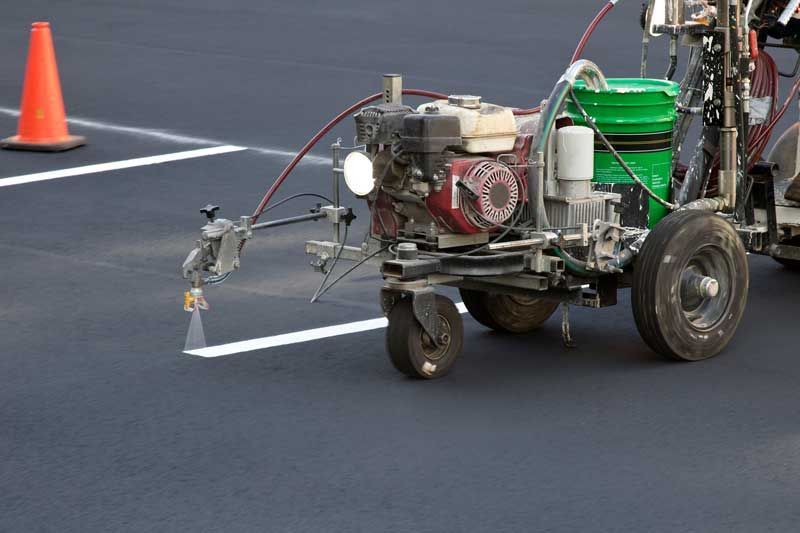
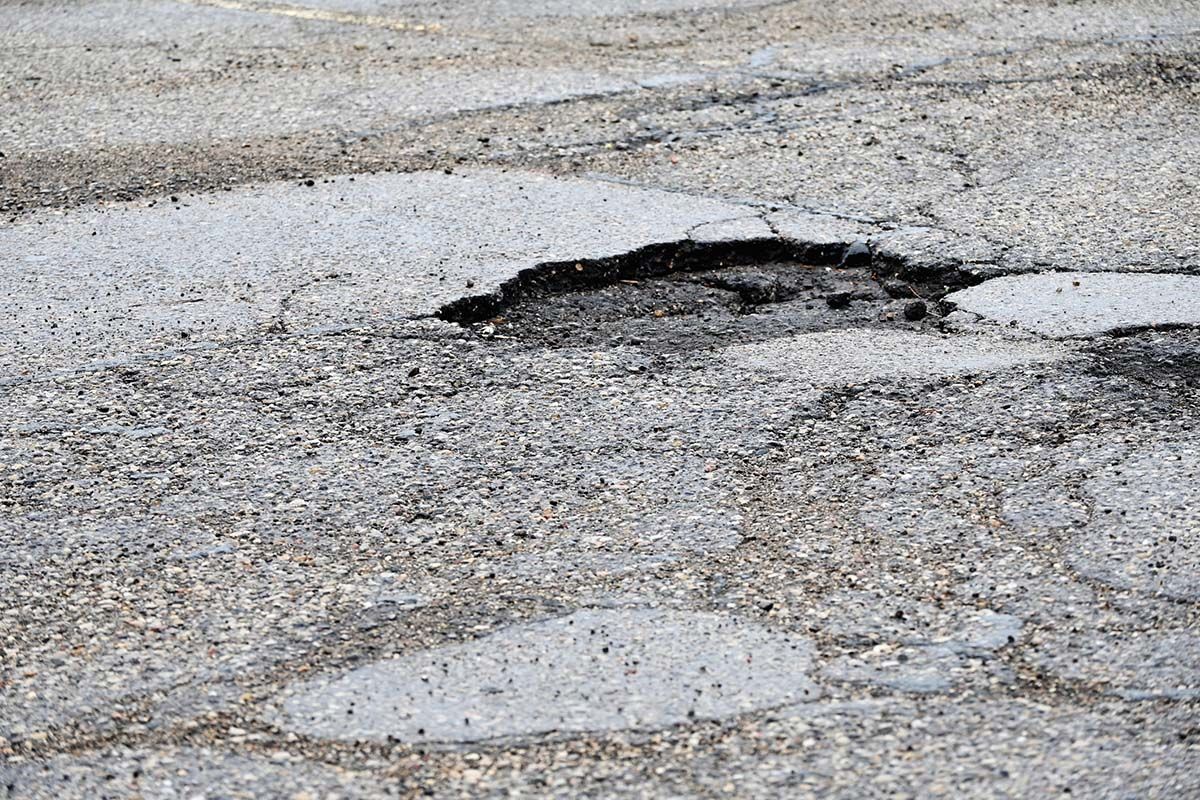
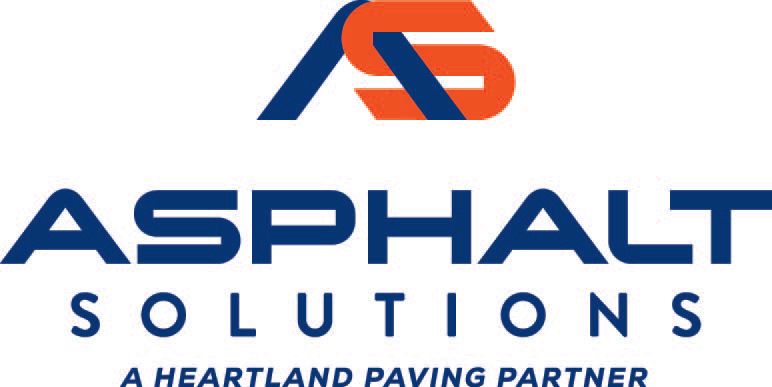
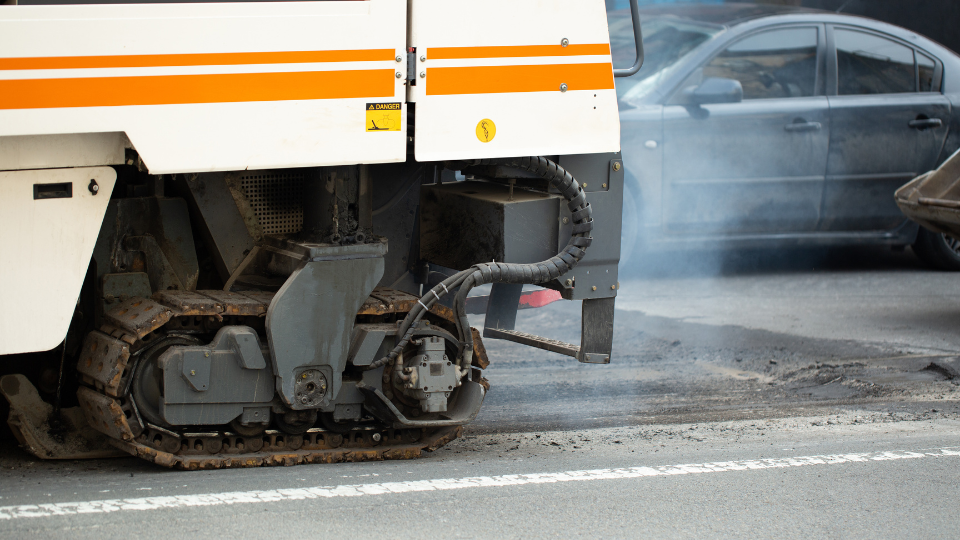
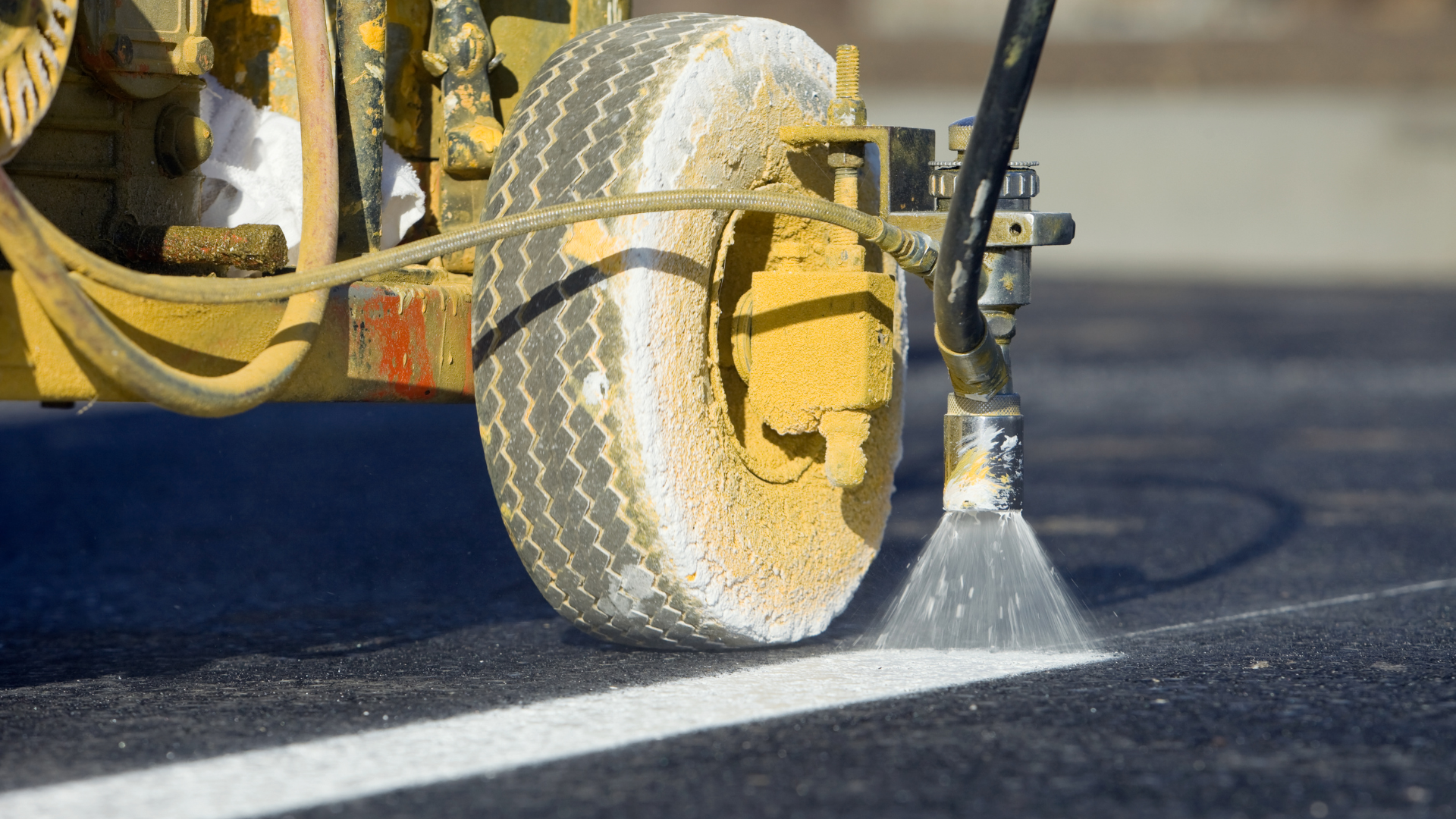
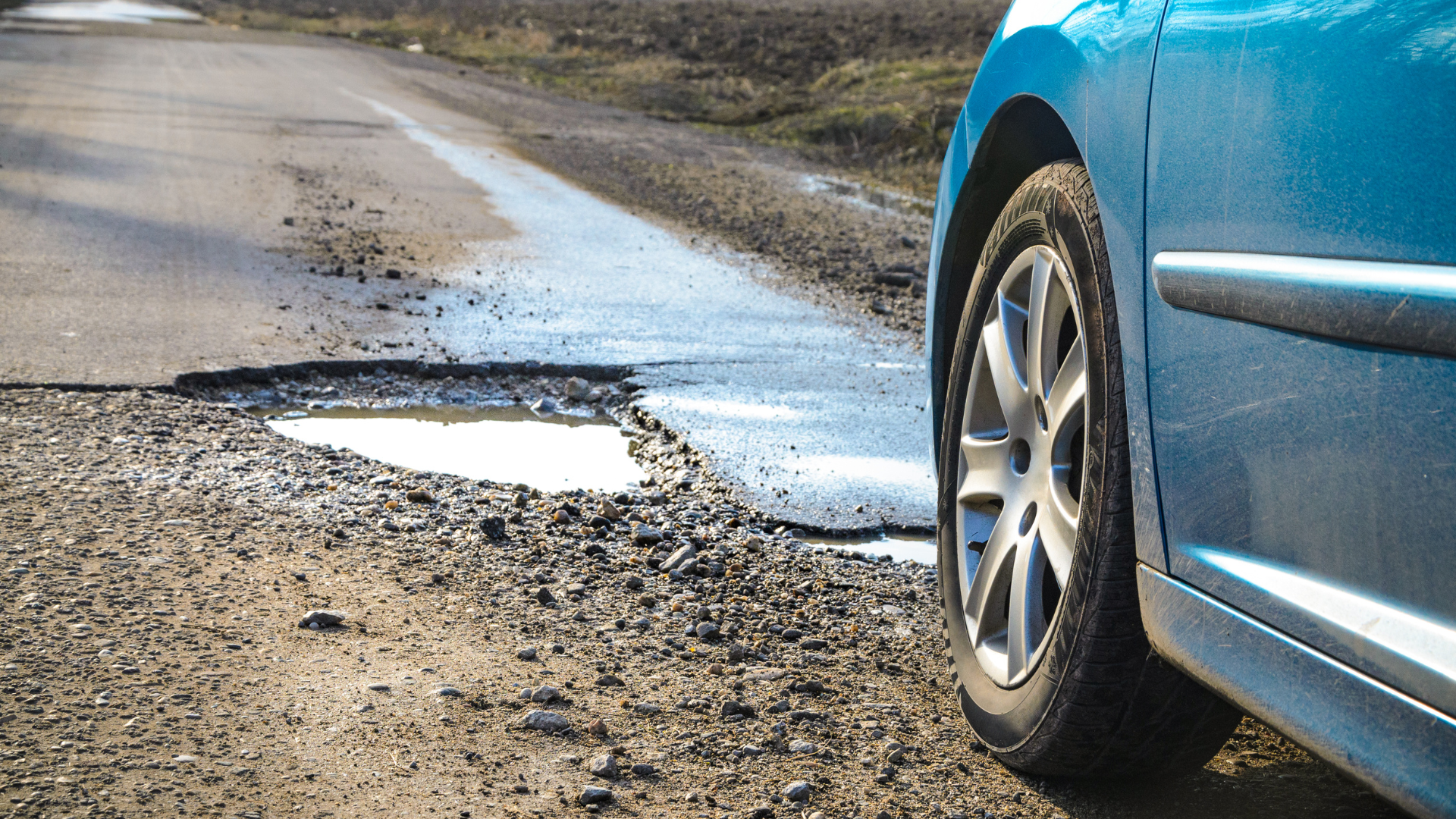


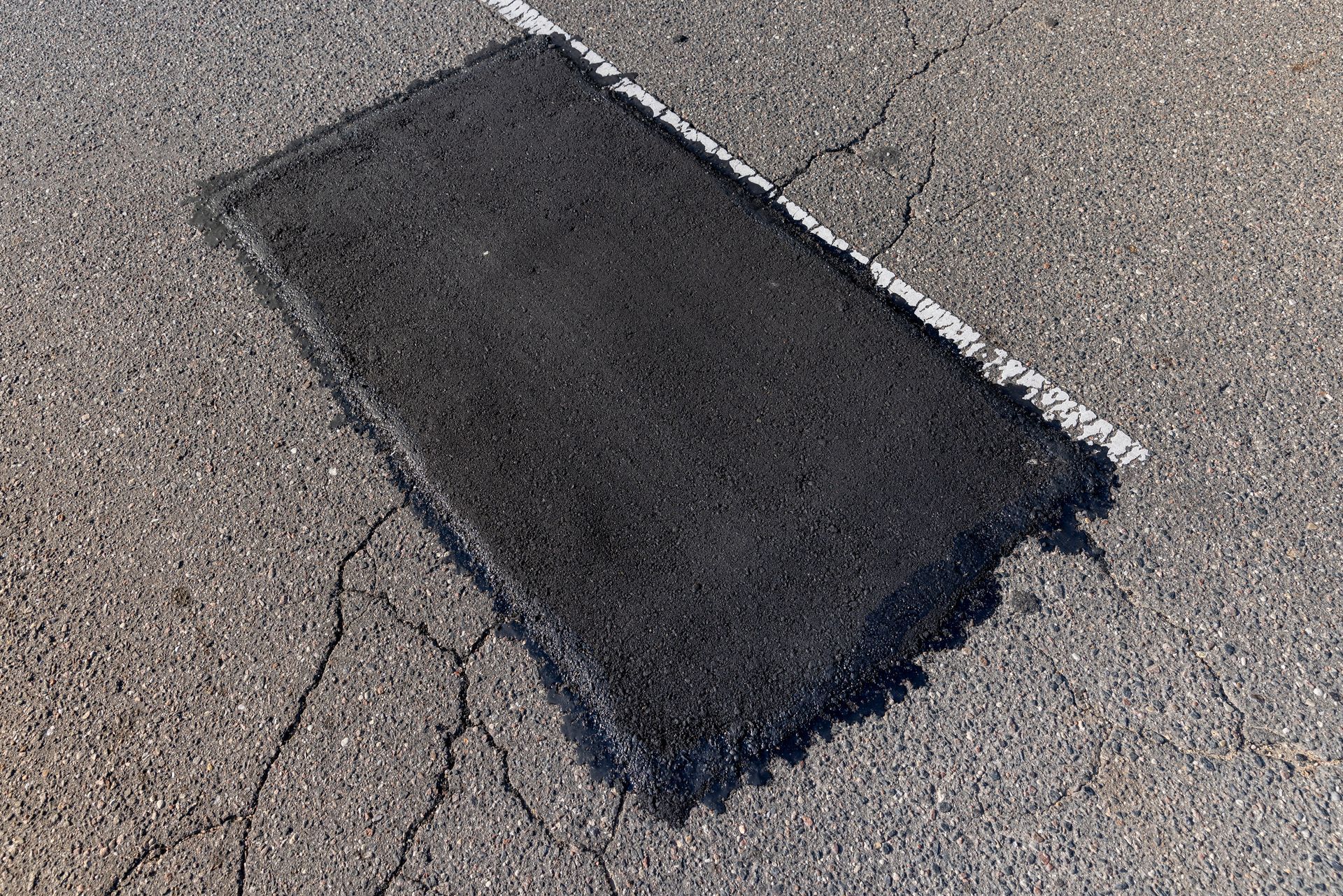
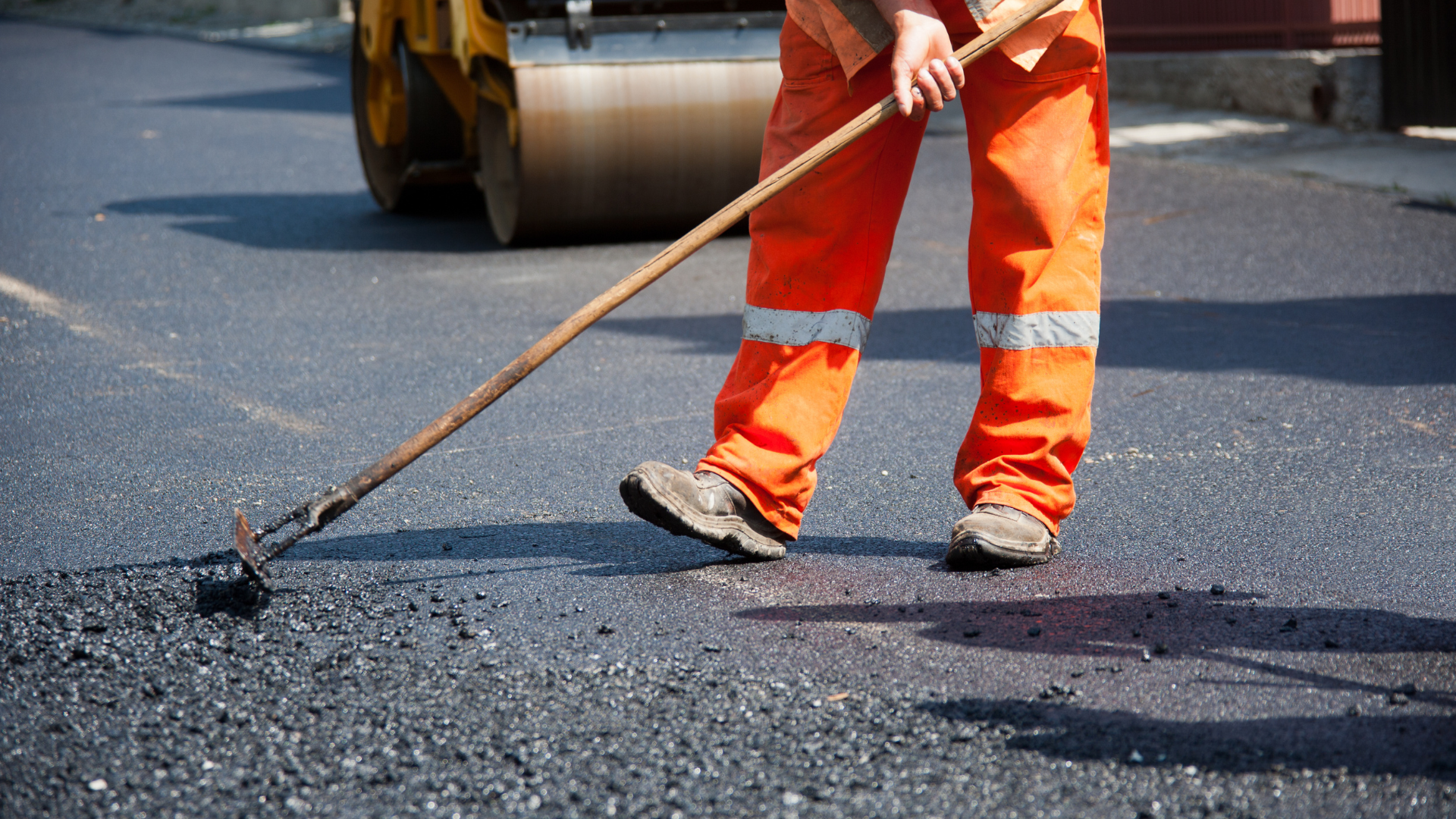
Share On: